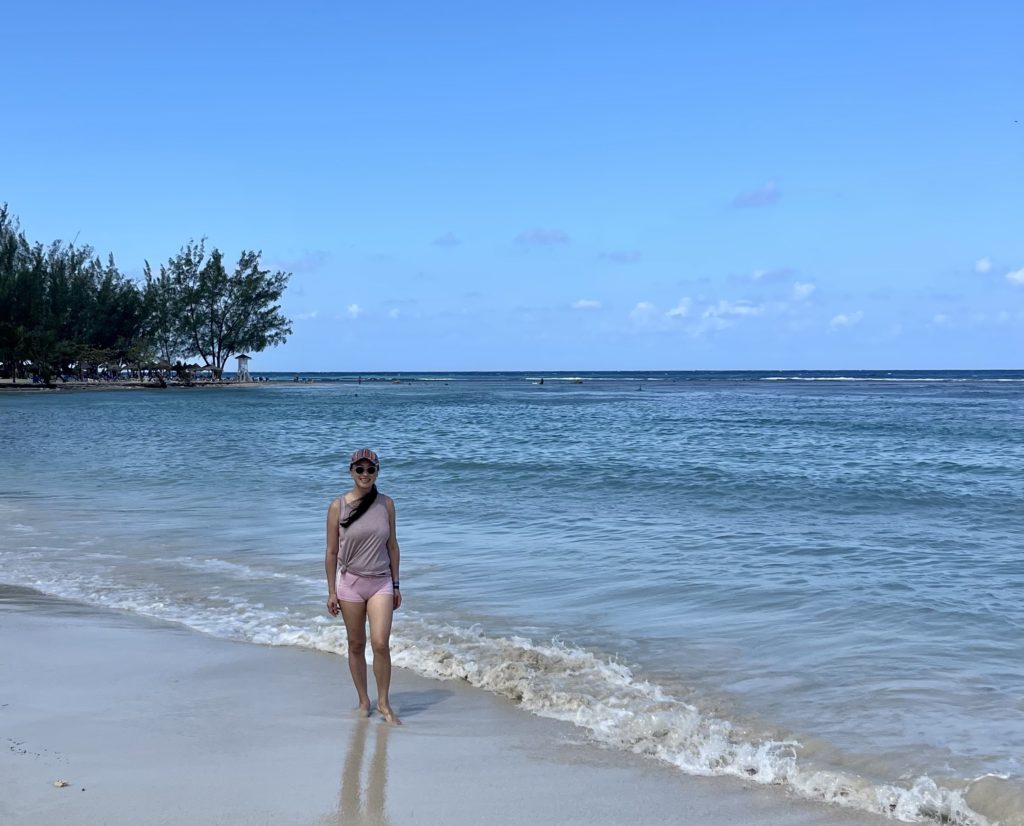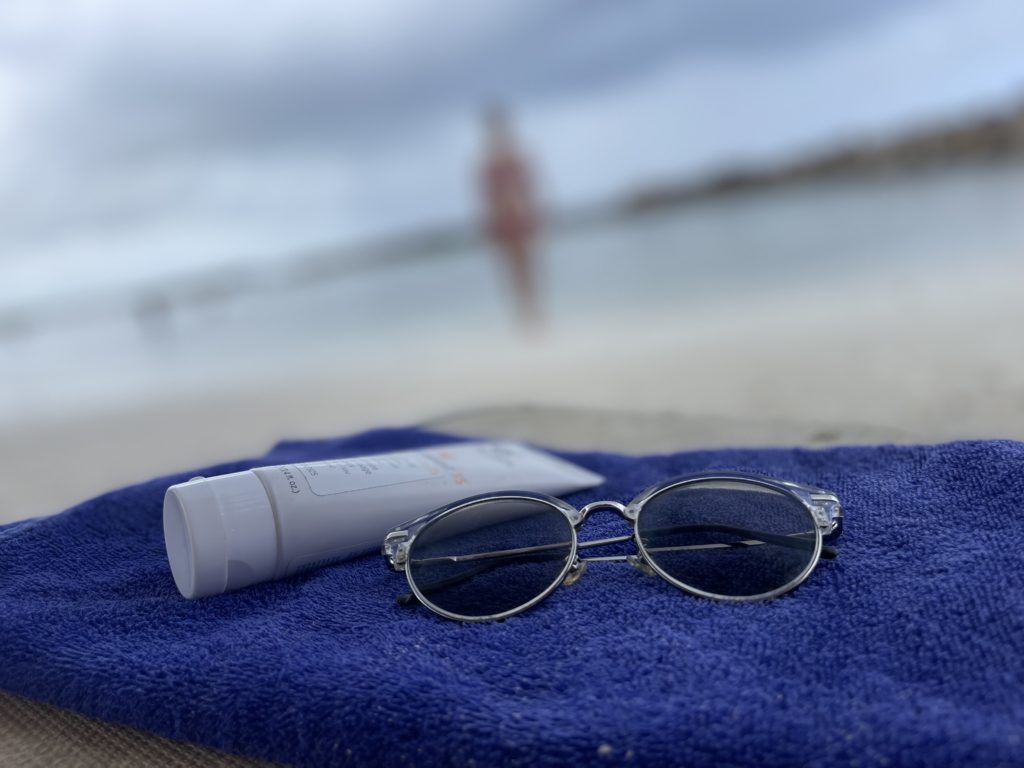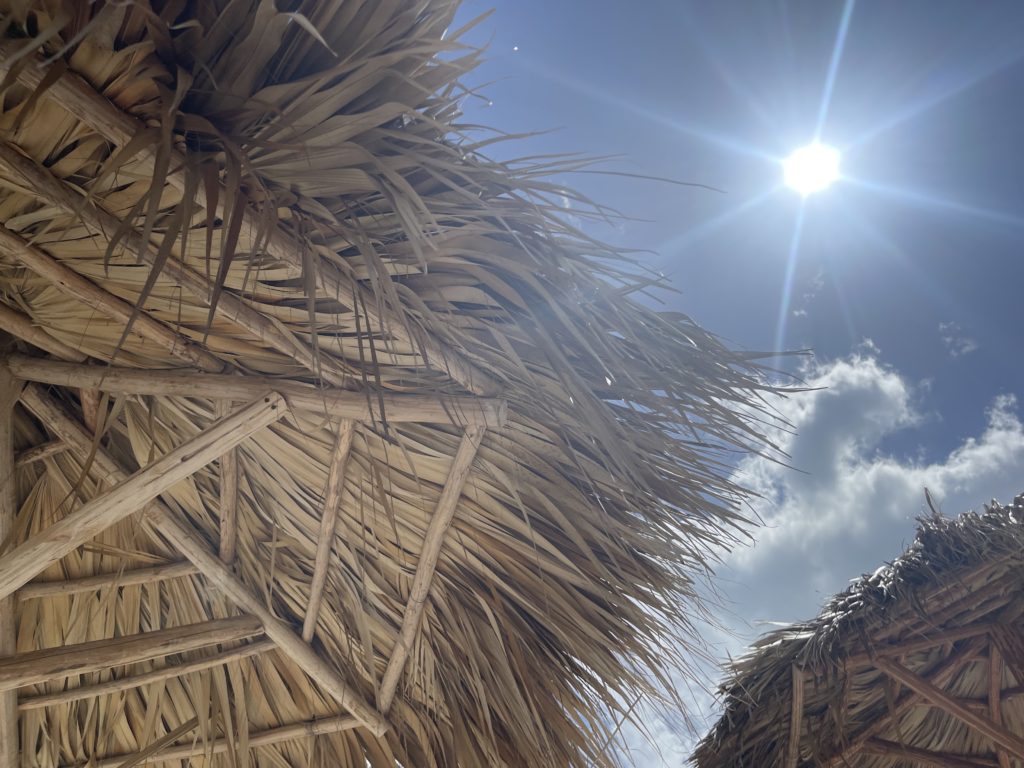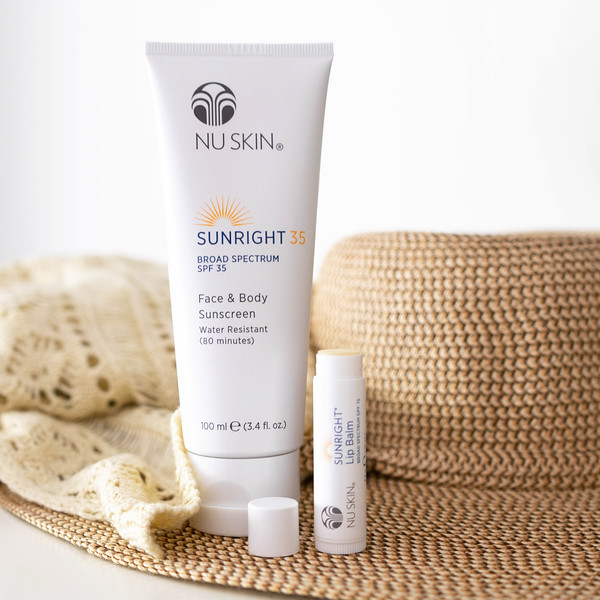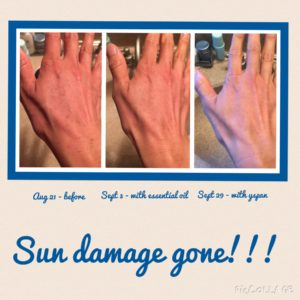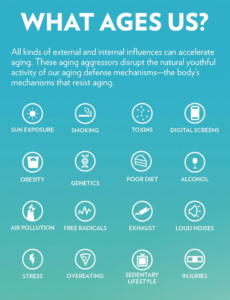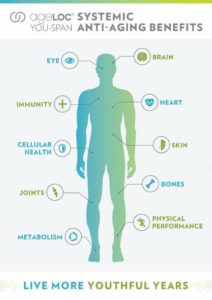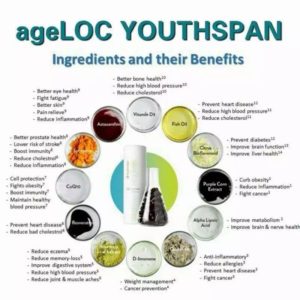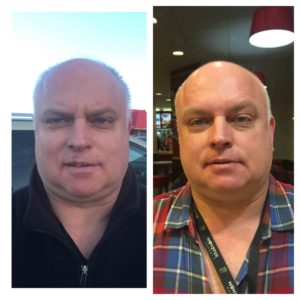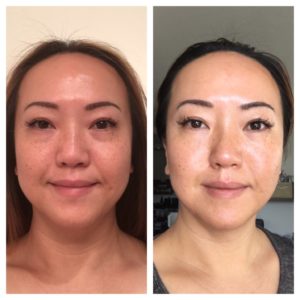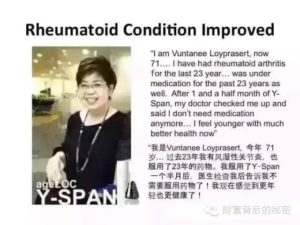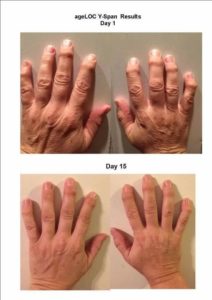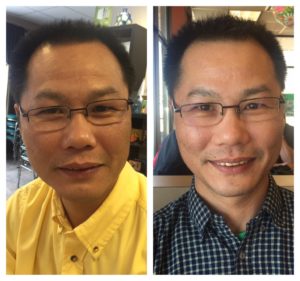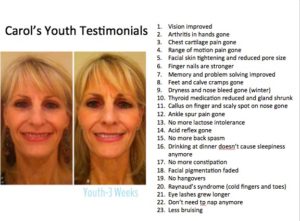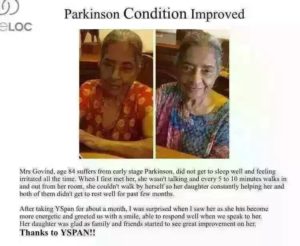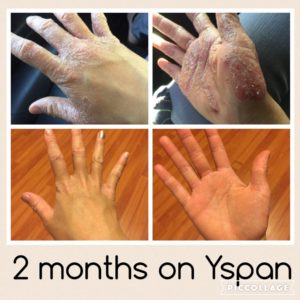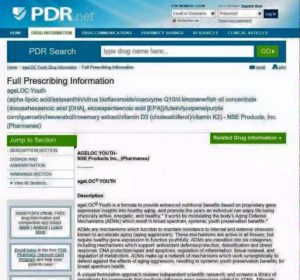“I wished I had acne instead of freckles, at least acne will go away.” I recalled a conversation I had with my friend when we were walking to school when I was 15 years old. (Be Careful what you wish for…) I don’t know how it happened, but I am a Chinese with freckles! It is tough having freckles because Asians love beautiful flawless porcelain skin, and when they look at me, they can’t get past my freckles to see the real me. I remembered a time when I went to Australia to see my cousin that I have not seen in over twenty years and the first thing he did was point to my face and exclaimed, “what happened to your face? ! You need plastic surgery!!!” After the initial shock, I got over it. I hated my freckles and I never understood when people with beautiful flawless skin say how cute my freckles are. Human nature is funny that way, you always want what you don’t have.
I can see how little speckles of freckles can be cute, but my freckles became dark patches because I didn’t know to take care of my skin by using sunscreen. I would go play in the sun without any sort of protection. Now that I think about it, i was really stupid! The sun is the worst enemy for pigmentation, second to hormones. I didn’t understand and didn’t realize the damage on my skin until a few years back. Not only do I have freckles, when I was pregnant, i got the mask of pregnancy!!! Oh yes, guess what, my wishes came through, I also got acne, but it didn’t replace my freckles! I also have to deal with acne scars! That’s what led me to my research on pigmentation to have a better understanding and to start taking control of my skin again.
There are basically two types of skin pigmentations: hyperpigmentation and hypopigmentation. Hyperpigmentation is where melanin production is elevated which leads to dark spots on the skin, like freckles and melasma. Hypopigmentation is where the melanin production is lowered and patches of lighter skin appears, and it could affect large areas of the body or small patches. This is also called vitiligo.
Melanin is important to have in the skin because it is a natural sun protection. If you lack melanin, then you would be albino, which means you need to avoid exposure to the sun. Various shades and colours of human skin are created by the brown pigment, melanin. Fair-skinned people produce very little melanin, darker-skinned people produce moderate amounts, and very dark-skinned people produce the most. There is also decreased melanin production, which usually results from a previous injury to the skin, such as a blister, ulcer, burn, exposure to a chemical, or skin infection. Sometimes pigment loss results from an inflammatory condition of the skin or, in rare instances, is hereditary.
Melanocytes, specialized cells that is responsible to produce melanin, are interspersed among the other cells in the epidermis, the top layer of the skin. After melanin is produced, it spreads into the other nearby skin cells.
There are a few factors which can cause the increased production of melanin production in our body. The two major ones are sun exposure and hormones. When exposed to sunlight, melanocytes produce increased amounts of melanin, causing the skin to darken, or tan. In some fair-skinned people, certain melanocytes produce more melanin than others in response to sunlight. This uneven melanin production results in spots of pigmentation known as freckles. There is a tendency for freckle runs in families. My sons now has freckles. Hormonal changes can also increase the amounts of melanin produced, which happens in Addison disease, in pregnancy, or with hormonal contraceptive use. According to the Johns Hopkins Medicine, diseases such as hemochromatosis or hemosiderosis or some drugs and chemicals that are applied to the skin, swallowed, or injected can cause skin darkening. Drugs and chemicals that can cause skin darkening include amiodarone, hydroquinone, antimalarial drugs, tetracycline antibiotics, phenothiazines, and some cancer chemotherapy drugs, tricyclic antidepressants, and heavy metals. Hyperpigmentation can also develop after injuries or inflammation caused by disorders such as acne and lupus.
Not only do I have freckles, I also have melasma, a chronic skin disorder that results in symmetrical, blotchy, brownish facial pigmentation. The cause of melasma is complex. The pigmentation is due to overproduction of melanin by the pigment cells, melanocytes, which is taken up by the keratinocytes (epidermal melanosis) and/or deposited in the dermis (dermal melanosis, melanophages). There is a genetic predisposition to melasma because my mom also has it. Some of the triggers for it is sun exposure and damage, a very avoidable risk factor. If you like being outside like me, then use sunscreen and reapply every 2 hours. Pregnancy also trigger melasma for some women, though often it fades after a few months after delivery. For my mom, it went away, I was the lucky one with chronic melasma .
Now we understand the different types of pigmentation and what triggers it, let’s take a look at the physiology of skin pigmentation. There is a three phase process on how pigmentation is formed – activation, synthesis, and expression. Activation phase is when various environmental and genetic factors trigger the activation of the melanocyte, signal molecules become active and bind to their receptors causing cells to initiate melanin synthesis. Then we go into the synthesis phase. When the melanocyte is activated, the enzyme tyrosinase switches to its active form and converts amino acid tyrosine to a molecule called Dopa that is then converted into either dark melanin or light melanin. This leads to the expression phase, when melanin granules are packaged into melanosome vesicles that migrate across and up the dendrites, finger like projections that extend up into the skin cells. These melanin laden skin cells are brought to the surface and become visible through the expression of discolouration.
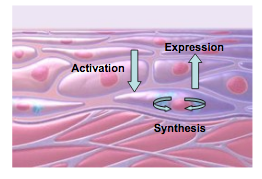
From my understanding of pigmentation, I chose the Tri-phasic White as my core skin care system. It systematically enhances the skin brightening process. This scientific method works to minimize the activation, synthesis, and expression of discolouration on the skin’s surface. Clinically proven, the key ingredient technologies featured in each product combine to create the most comprehensive skin brightening system available. This is a four step skincare system.
Tri-phasic White Cleanser brighten your complexion every time you cleanse. It helps inhibit the expression of discoloration on the surface of the skin. Featuring creatinine, this pearlescent, moisturizing mousse cleanses and brightens skin for a fresh, glistening appearance. This cleanser works to improve skin tone and texture while leaving skin feeling silky-soft.
Tri-phasic White Toner is used to calm the skin. To enhance the skin brightening process, fairtrex and carnosine are the key ingredients in the toner. Fairtrex targets the expression phase by working to gently shed existing pigment from the skin’s surface, while carnosine a powerful anti-oxidant, helps calm the skin and target the activation phase, helping to prevent new skin discoloration. It is a non-acid cell renewal complex that can be effective in targeting discoloration, leaving skin with a luminous and even tone.
Tri-phasic White Essence works on revealing a brilliant, translucent skin tone with Brightex. This proprietary combination of ingredient works in multiple ways to illuminate the complexion by targeting the series of reactions in the synthesis phase. Essential to the skin brightening, this should be used as part of the daily regimen.
Tri-phasic White Day Milk Lotion moisturizes while helping target the daytime factors that can trigger discoloration activation. Featuring hexapeptide-2, which works to inhibit the activation os complexion-dimming discoloration from forming, and UVA/UVB sunscreen to help prevent ultraviolet rays – the most common cause of activation – from generating an uneven skin tone.
Tri-phasic White Night Cream is specially formulated with diacetyl boldine to help target the activation phase by working to inhibit stress receptors. It blocks the activation of discoloration to reveal a more brilliant skin tone as you sleep.
| Tri-phaisc White System address all three discoloration phases |
| Individual products |
Activation |
Synthesis |
Expression |
| Cleanser |
|
|
Creatinine |
| Toner |
Carnosine |
|
Fairtrex |
| Essence |
|
Brightex |
|
| Day Milk Lotion |
Hexapeptide-2 |
|
|
| Night Cream |
Diacetyl Boldine |
|
|
On top of this, I also use essential oils to help me with my pigmentation. From my vacation to Mexico recently,i got quite a bit of sun damage. I still have not gotten into the habit of reapplying sunscreen every 2 hours when i am out in the sun. Truthfully, I got a big scare when I saw how dark my pigmentations were, i almost cried. I had to do some more research on what else I could use and I came across essential oils as a remedy. I use lemon essential oil in the evening and lavender in the morning. Along with lemon and lavender essential oil, rose, jasmine, sandalwood, and galbanum are great for skin pigmentation. Lemon essential oil on your skin helps to lighten the complexion of the skin and protects your skin from various problems. It rejuvenates dull skin and brightens it. Lemon oil is acidic in nature and that’s why it may create skin irritation. When I first used it, I felt a bit of tingly burning feeling which went away in a minute or so. If you choose to use the lemon oil during the day, do not go out in the sun right away because your skin will be sensitive; this is the reason why I use it at night. Lavender essential oil has antiseptic and antifungal properties which help to cure various skin problems like sun burn, blemishes, acne scars, hot rashes, etc. It helps to enhance the natural glow of the skin. Because you do not want to apply the oil directly on the skin, I mixed the essential oil with Ageloc Tru Face Essence Ultra, which is a product I use for my skin elasticity. I also noticed that pore size has significantly reduced since adding the essential oils to my daily skin regimen.
I’ve really learned a huge lesson this time with my trip to Mexico. I really did take my skin for granted and didn’t protect it enough. I realized that i did not develop the habit of applying sunscreen every 2 hours when I am out about in the sun. I am grateful to have found the solution to remedy the pigmentation. It is never too late to fix a problem, but it is better not to have developed the problem to start with. I believe everyone can have flawless skin if they have the right knowledge and developed the right habits at a young age.
 Facial mask 101
Facial mask 101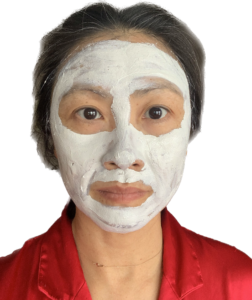 For more information for this clay mask
For more information for this clay mask For more information for the sheet mask
For more information for the sheet mask For more info on the Creamy Mask
For more info on the Creamy Mask for more info on the rejuvenating gel mask
for more info on the rejuvenating gel mask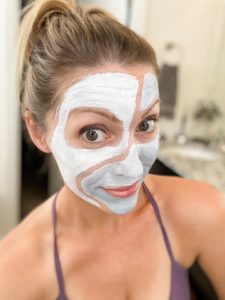 For more info on the charcoal mask
For more info on the charcoal mask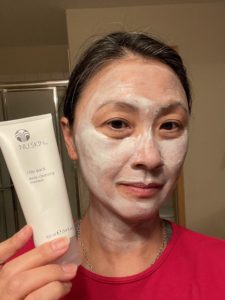 For more information for this clay mask
For more information for this clay mask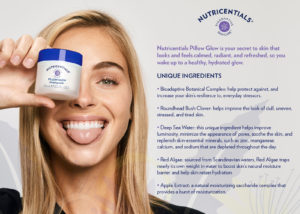 for more info on the hydrating sleep mask
for more info on the hydrating sleep mask for more information on the chemical peel
for more information on the chemical peel For more information on the detox mask
For more information on the detox mask For more info on the collagen lip mask
For more info on the collagen lip mask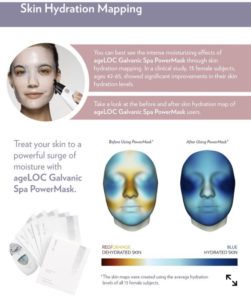 For more info on the power mask
For more info on the power mask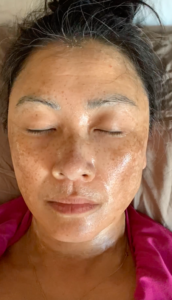 for info on the instant facelift mask
for info on the instant facelift mask For more information on the mud mask
For more information on the mud mask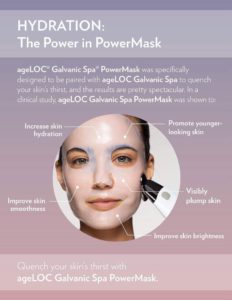 For more info on the power mask
For more info on the power mask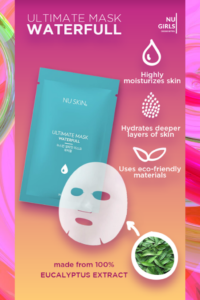 For more information on the hydrating mask
For more information on the hydrating mask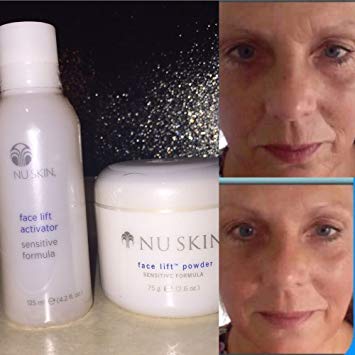 for info on the instant facelift mask
for info on the instant facelift mask
